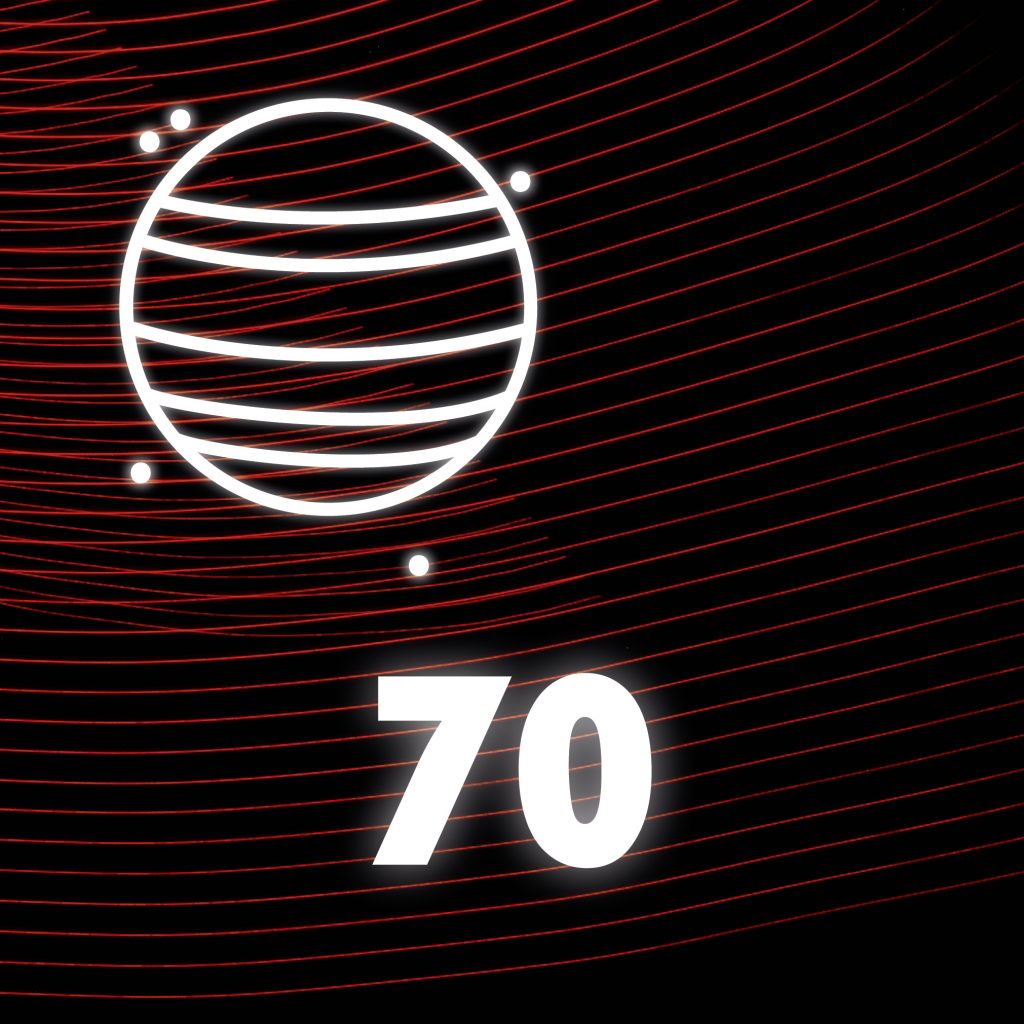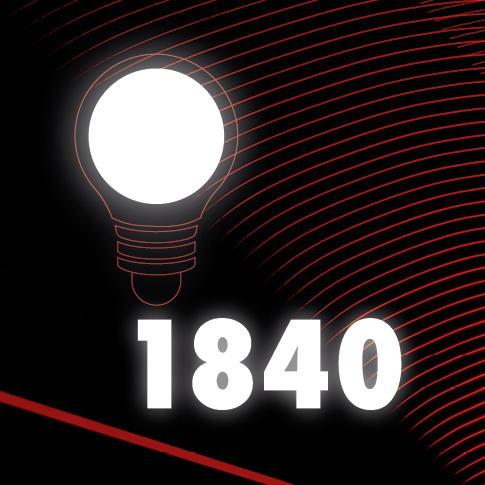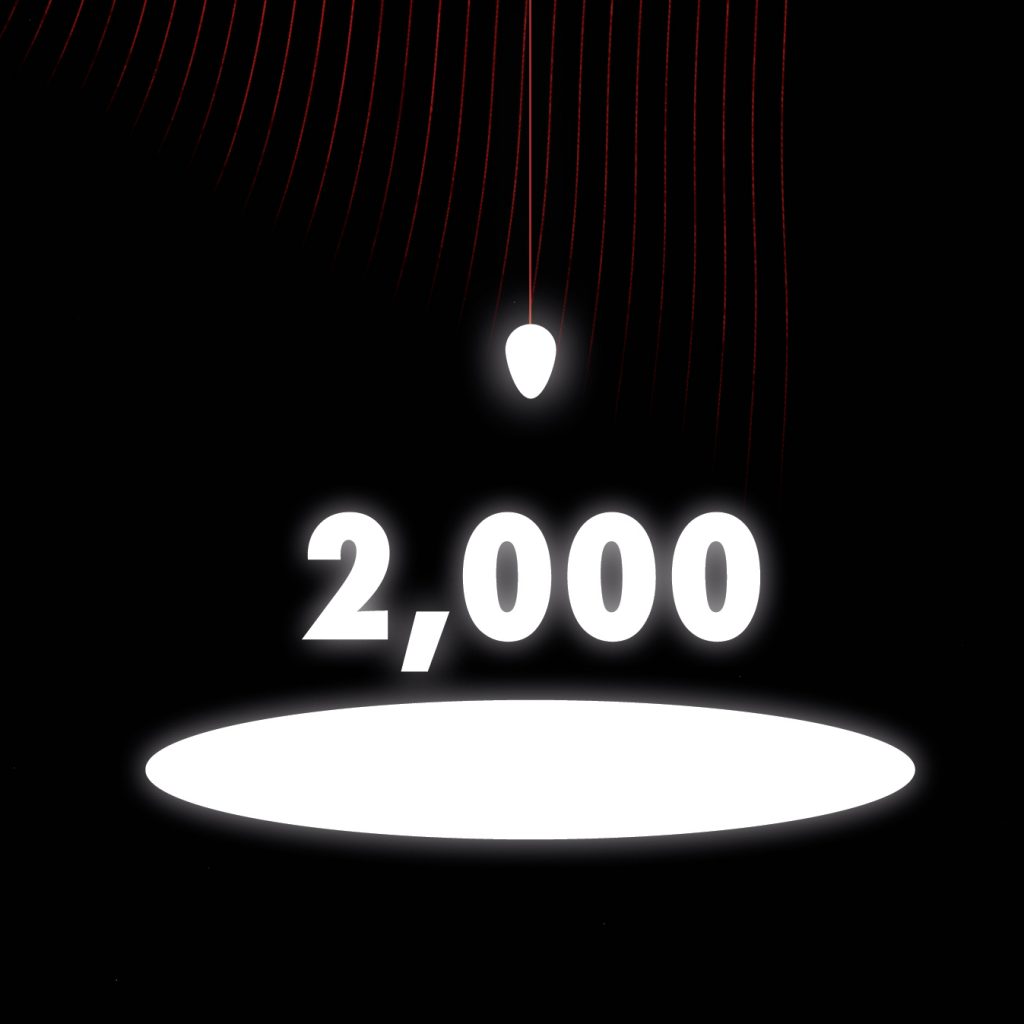
70 quintillion stars exist in the universe. Researchers at Australian National University calculated this based on a cosmic random sampling in the year 2003. However, only about 5,000 dots of light can be seen in the night sky with the naked eye.

In the year 1840 doctor and chemist Joseph Wilson Swan developed the first working light bulb. It was Thomas Alva Edison, an inventor and businessman, who made the light bulb commercially viable, obtaining a basic patent for the “electric lamp” in 1880.

Theoretically, an LED lamp can burn for up to 100,000 hours. As such, it is the lamp with the longest service life. However, many manufacturers indicate a nominal service life of 15,000 hours on their packages.

9.46 trillion kilometers is the distance that light travels in a vacuum in the course of one year: a light year. Light travels at a speed of 300,000 kilometers per second.

5,500 KELVIN is the international standard for daylight. It is the color temperature of a sunny day under a clear sky in the morning or afternoon. Cold moonlight has a color temperature of 4,120 kelvin. By comparison: An LED lamp with around 2,800 kelvin generates a warm, white light.

The bright Milky Way galaxy spans roughly 100,000 light years. However, the majority of the matter in the Milky Way is invisible. It is composed of dark matter, which does not emit any type of detectable radiation.

2,000 LUX are ideal for balancing “dark” moods. The Lithuanian lighting specialist Gaudrė, an Allied Company of the Würth Group, recommends spending two hours per day in the glow of such a light source to brighten up the disposition. Bedroom and office lights usually give off around 500 lux.









